Structural transformation of agriculture
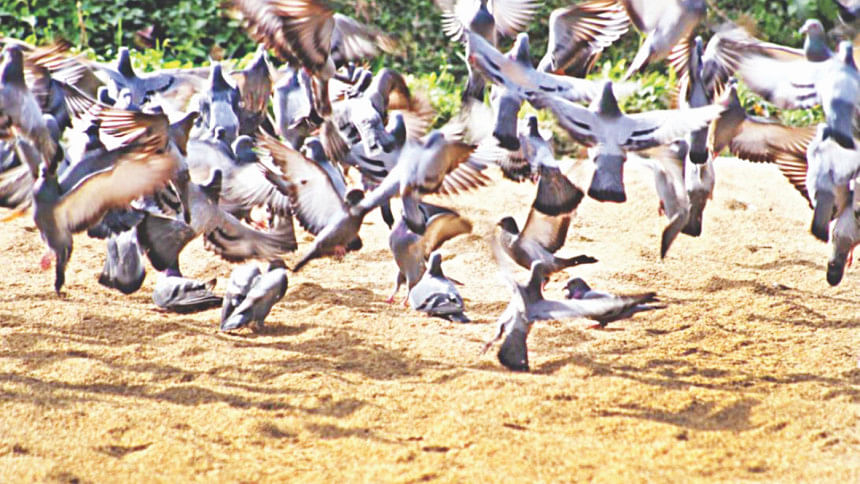
One of the dominant aspects of the Bangladeshi economy is its structural change featuring a declining share of agriculture in GDP over the last four decades. The share of agriculture has declined from about half of total GDP during the 1970s to about one-third during the 1980s. The share of agriculture declined further – from about 30% in 1989/90 to 25% in 1999/00 and 20% in 2009/10. Despite such declines, the economy is still predominantly agrarian. The sector still provides employment to more than 45% of the country's labour force. Moreover, agricultural production provides critical linkages for development of rest of the economy. The performance of agriculture thus has an important bearing on employment generation, food security and poverty alleviation in the country.
Changes in resource base
Bangladesh has carried out agriculture censuses from time to time, e.g. 1983-84, 1996 and more recently in 2008. A comparison of data generated by national Agriculture Censuses indicates, among others, the changes in resource base and organisation of production in Bangladesh agriculture. The structural transformation, as reflected in these changes, is discussed below.
The resource base for agriculture has been shrinking. The land area operated by rural households has declined from 9.2 million hectares in 1983-84 to 8.2 million hectares in 1996, indicating that, on average, nearly 82,000 hectares of land are going out of agriculture due to increased non-agricultural uses such as growth of physical area under municipalities and cities (607,000 hectares), increase in homestead land within rural areas (142,000 hectares) and development of rural roads and other infrastructure (252,000 hectares). As a result, the average size of a farm holding has declined from 1.70 hectares in 1960 to 0.91 hectare in 1983-84 to 0.68 hectare in 1996 and 0.40 hectare in 2008.
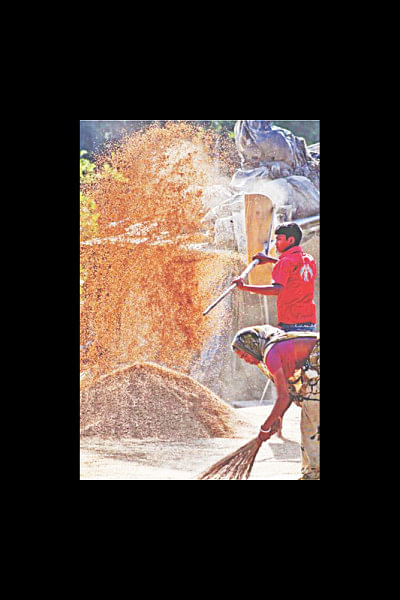
The labour engaged in agriculture has also been declining. The number of farming households increased from 10.0 million in 1983-84 to 11.8 million in 1996 and 14.9 million in 2008. Non-farming households constituted 34% of all rural household in 1996, compared to 27% in 1983-84. This share has increased to 42% in 2008. Households providing agricultural labour on others' farms declined from 22.6% of all rural households in 1983-84, to 16.9% in 1996 and 9.6% in 2008. Apart from the rural to urban migration of this category of households, there has also been a movement from farming to non-farming occupations within the rural areas. The occupational mobility of the land-poor households is being supported by opportunities of employment created in the rural trade and transport sectors with the expansion of rural roads, the increased marketed surplus of agricultural products, the linkage effects of agricultural growth and the improvement of literacy rates. Thus, agriculture has been releasing resources, both land and labour, for the more productive non-farming sectors, making a contribution to the growth of the overall economy. This transformation also suggests that the growth in land and labour productivity within agriculture has been faster than that indicated by the overall growth in agricultural production.
Capital accumulation within agriculture has also demonstrated an upward trend over the last three decades. The major actors involved in rapid growth in investment have been private investors in small-scale irrigation equipment such as tube wells and power pumps. The number of rural households reporting ownership of irrigation equipment increased from 274,000 in 1983-84 to 933,000 in 1996, while the number of equipments owned increased from 3.12 lakh to 11.00 lakh – a phenomenal growth of 11% per year. The cultivated area irrigated by mechanised means increased from 20% in 1983-84, to 48% in 1996 and 3% in 2008. There has also been rapid progress in the mechanisation of other agricultural operations. Only 27,000 households reported ownership of power tillers/tractors in 1983-84. The number increased to 141,000 in 1996 and 162,618 in 2008. The substitution of capital for the declining labour resources available to crop agriculture must also have contributed to an increase in labour productivity and improved the capacity of the farmers to pay higher agricultural wages.
Changes in the organisation of production
Due to the extreme pressure of population on limited land resources, agriculture is dominated by small and marginal farmers. Only 28,000 households owned land holdings in sizes of more than 10 hectares (24.7 acres) in 1983-84; this number was reduced to 19,000 in 1996 and 13,721 in 2008. On the other hand, nearly 5.4 million households (46% of total rural households) were functionally landless (owning less than 0.2 hectare or 0.49 acre) in 1983-84; this number grew to 10 million (56% of total rural households) in 1996 and 16 million (63% of total rural households) in 2008.
Medium and large holdings have been subdivided under demographic pressures, leading to an increase in the number of small and marginal farms. In 1996, small and marginal holdings accounted for 81% of farms operating 41% of the total land. These numbers have increased to 84% and 50% respectively in 2008. It appears from these numbers that designing of an agricultural support services program by following a targeting approach would not be very meaningful or administratively expedient for Bangladesh since most farmers have holdings of less than 2.0 hectares in size.
The land tenure situation has also undergone substantial changes. Most of the tenants are owner-cum-tenants who have land of their own and rent more land for better capacity utilisation of the farm establishment such as family workers and draft animals. The average size of tenant holdings was higher than that of owner holdings, which was recorded in all previous agricultural censuses including the 1960 census. The proportion of area under tenancy has, however, increased from 17% of the total operated area in 1983-84 to 22% in 1996 and 27% in 2008. This change may be due to an increase in area under absentee landownership with the rapid urban-rural migration of the rural population, and the abandonment of marginal landholdings in favour of taking up rural non-farming occupations by the resource-poor households.
There is also a dramatic change in the structure of tenurial arrangements. The exploitative sharecropping tenancy, which provides disincentives to agricultural investments and the adoption of input-intensive new technology, is giving way to fixed-rent tenancy and medium-term leasing arrangements. The area under share tenancy has declined from 91% of the total area under tenancy in 1960 to 74% in 1983-84, 62% in 1996 and 39% in 2008. Bangladesh's agrarian institutions are thus undergoing changes due to market, social and demographic forces to adopt new technologies.
The writer is Former DG, BIDS.

 For all latest news, follow The Daily Star's Google News channel.
For all latest news, follow The Daily Star's Google News channel. 

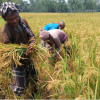
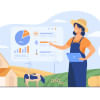

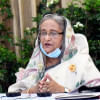



Comments